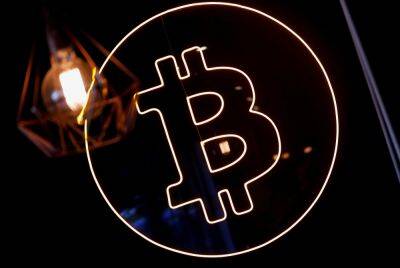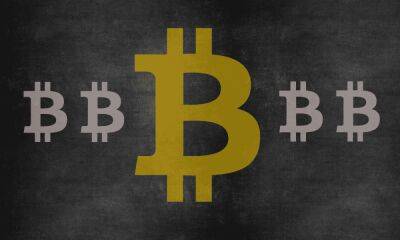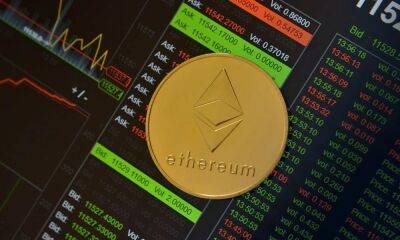3 key Ethereum derivatives metrics suggest $1,600 ETH support lacks strength
Ether (ETH) price is up 60% since May 3, outperforming leading cryptocurrency Bitcoin (BTC) by 32% over that span. However, evidence suggests the current $1,600 support lacks strength as network use and smart contract deposit metrics weakened. Moreover, ETH derivatives show increasing sell pressure from margin traders.
The positive price move was primarily driven by growing certainty of the "Ethereum merge" transition to a proof-of-stake (PoS) consensus network in September. During the Ethereum core developers conference call on July 14, developer Tim Beiko proposed Sept. 19 as the tentative target date. In addition, analysts expect the new supply of ETH to be reduced by up to 90% after the network's monetary policy change, thus a bullish catalyst.
Ethereum's total value locked (TVL) has vastly benefited from Terra's ecosystem collapse in mid-May. Investors shifted their decentralized finance (DeFi) deposits to the Ethereum network thanks to its robust security and battle-tested applications, including MakerDAO (MKR) — the project behind the DAI stablecoin.
Currently, the Ethereum network holds a 59% market share of TVL, up from 51% on May 3, according to data from Defi Llama. Despite gaining share, Ethereum's current $40 billion deposits on smart contracts seem small compared to the $100 billion seen in December 2021.
Demand for decentralized application (DApp) use on Ethereum seems to have weakened, considering the median transfer fees, or gas costs, which currently stand at $0.90. That's a sharp drop from May 3, when the network transaction costs surpassed $7.50 on average. Still, one might argue that higher use of layer-2 solutions such as Polygon and Arbitrum are responsible for the lower gas fees.
To understand how
Read more on cointelegraph.com


 cointelegraph.com
cointelegraph.com



















